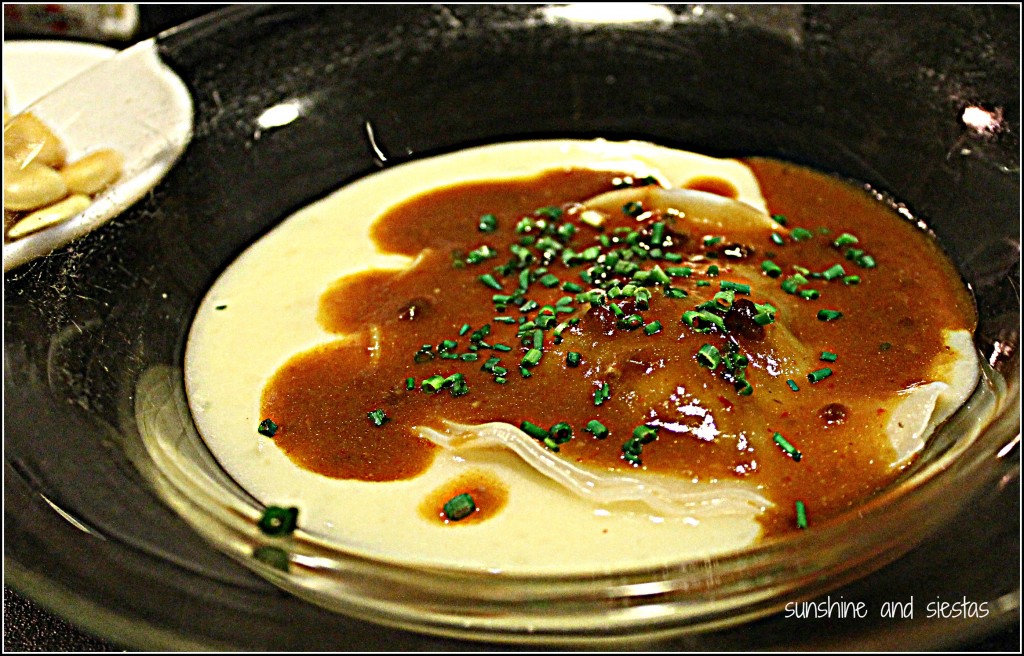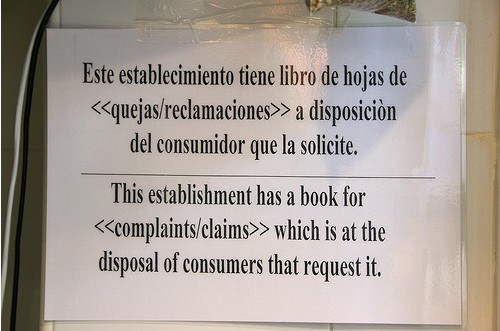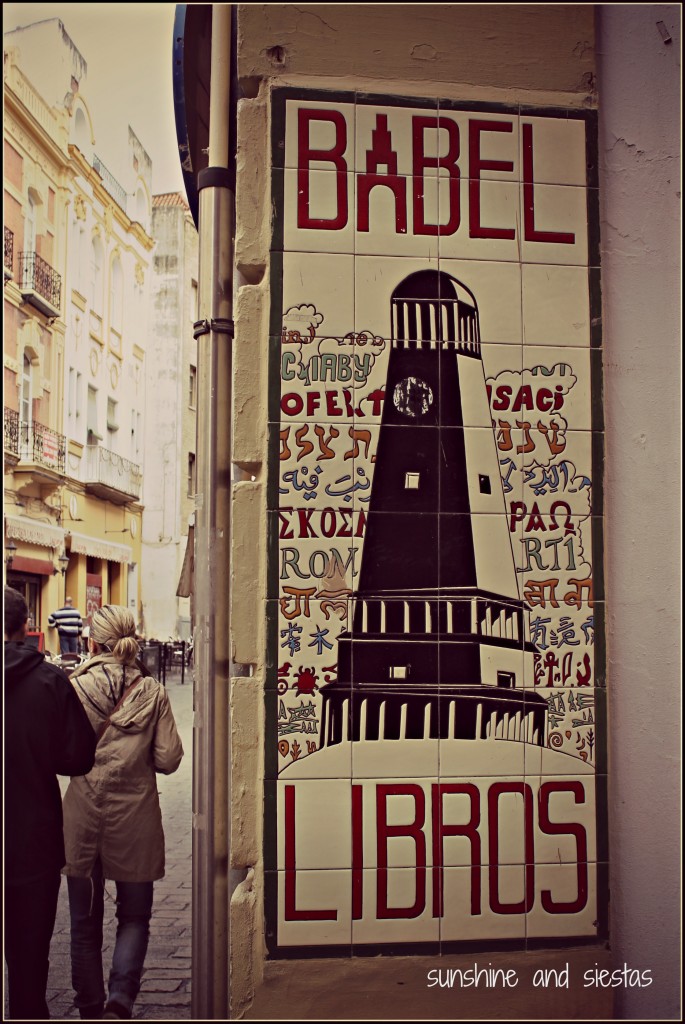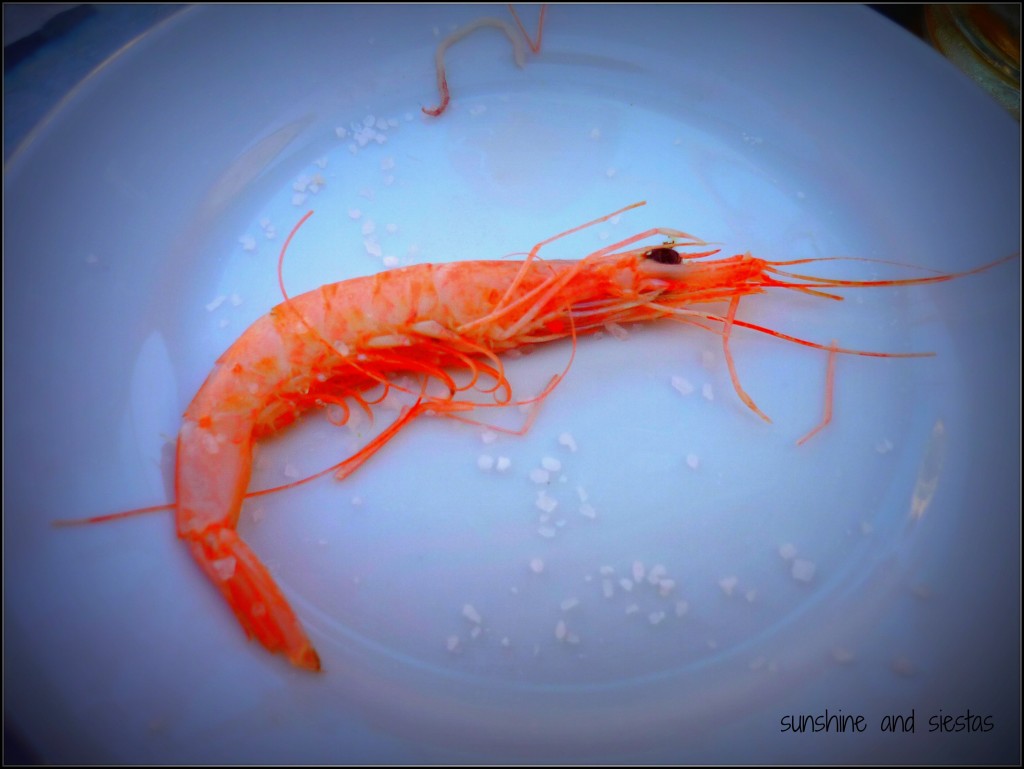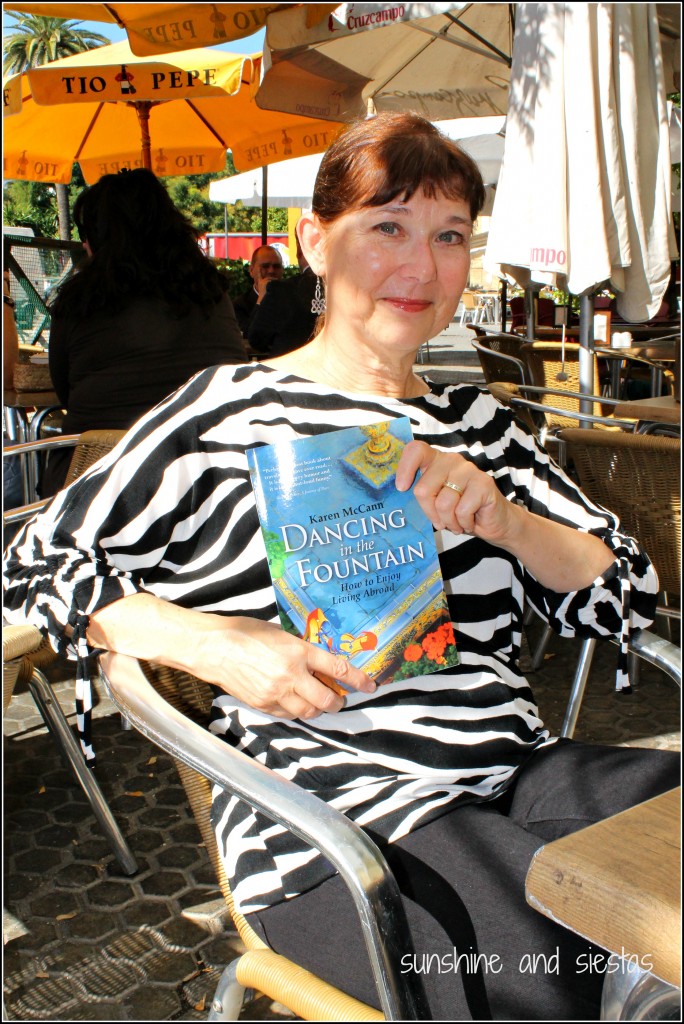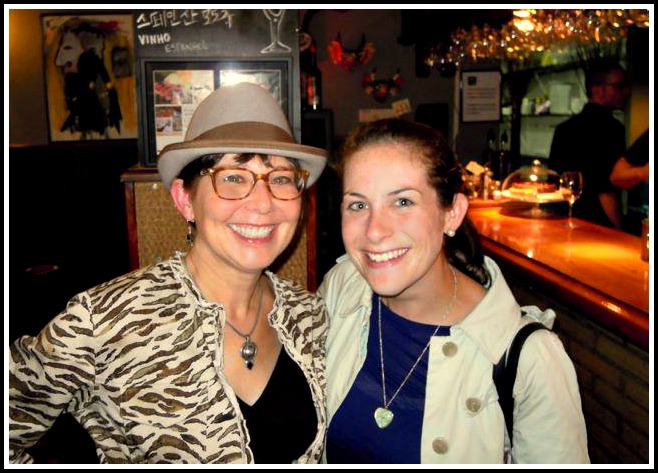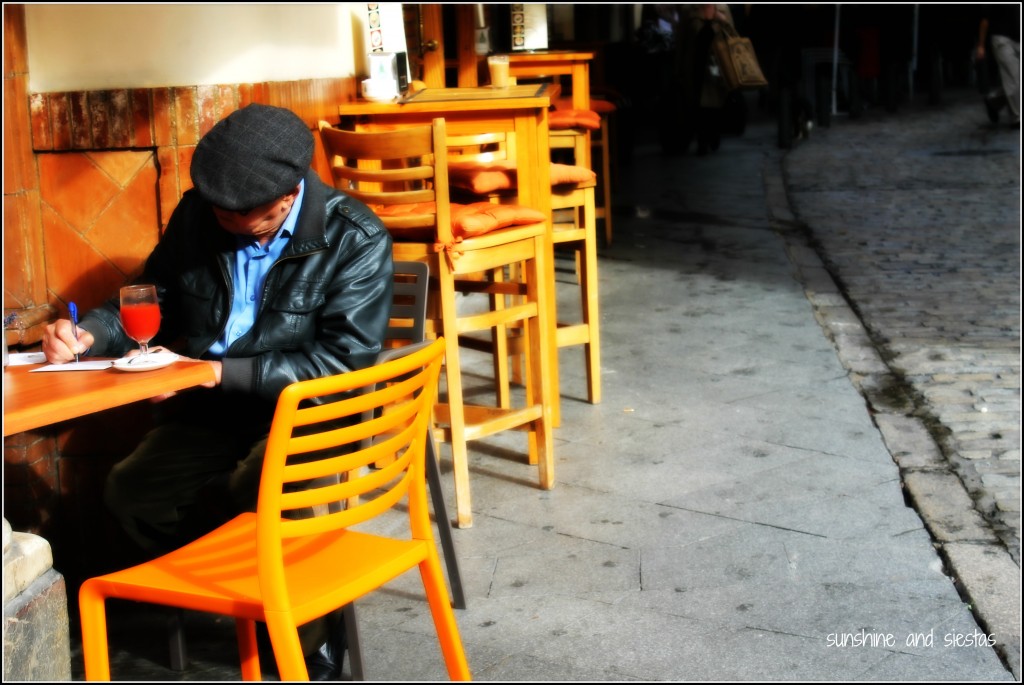When I say I’ve eaten every part of the pig, I seriously am not joking. While my family is more about beef and chicken than pork, having a partner whose family business revolves around the acorn-munching cerdito means that we’ve often got a small gama (offering) of swine in our fridge.
While I don’t eat all of it for knowing better, Kike did trick me into eating carrillada, and I’m all the better for it:
Pig cheek is lean, tasty and quickly becoming my favorite party of the pig. In fact, it reminds me of coming home to pot roast after school during the harsh Chicago winters I grew up with.
While various versions exist (including a tasty Christmas thought-provoking version with dried cloves that Kike makes), my favorite is traditional carrillada with potatoes and carrots, perfect for a chilly winter day.
What it is: The lean cut of pig cheek, often called the carrillera in a butcher shop or meat section of the supermarket. It’s often cooked on low temps for hours to make sure it’s tender.
Where it’s from: Carrillada is typical all over Spain, though the pork-producing regions of Western Andalusia, Extremadura and Gijuelo are rumored to have the freshest cuts.
Where to get it in Seville: This dish is about as common on menus in Seville as salmorejo is, so new ideas for incorporating the meat have become popular. At Pura Tasca (Calle Numancia, 5 in Triana) and Barajas 20, you can find ravioli filled with the meat, oft served with mashed potatoes as above. If you’re looking for the traditional version, I recommend Barra 20 in Bellavista or Zahora in Los Bermejales.
If you’re willing to make the drive, there’s an unassuming roadside restaurant on the A-92 highway near Antequera with carrillada so tender and braised with sweet Pedro Ximénez wine. This is, without a doubt, the best carrillada I’ve ever tried.
Goes perfectly with: A robust glass of red wine. If you’d like to make carrillada in your own kitchen, try this recipe by Lauren of Spanish Sabores, and enjoy the smells as you wait for it to slow-roast!
If you like tapas, tell me which ones you’d like to see featured on Sunshine and Siestas? Here are my picks for the Five Must-Try tapas in Spain. Alternately, there are more pictures on Sunshine and Siestas’s Facebook page.
